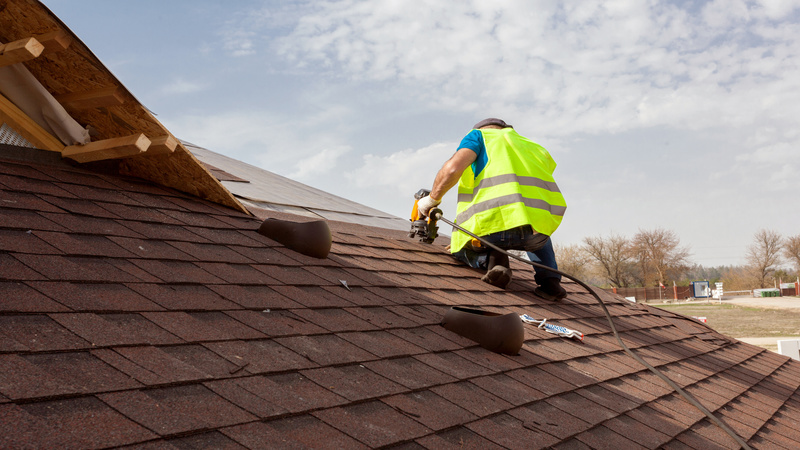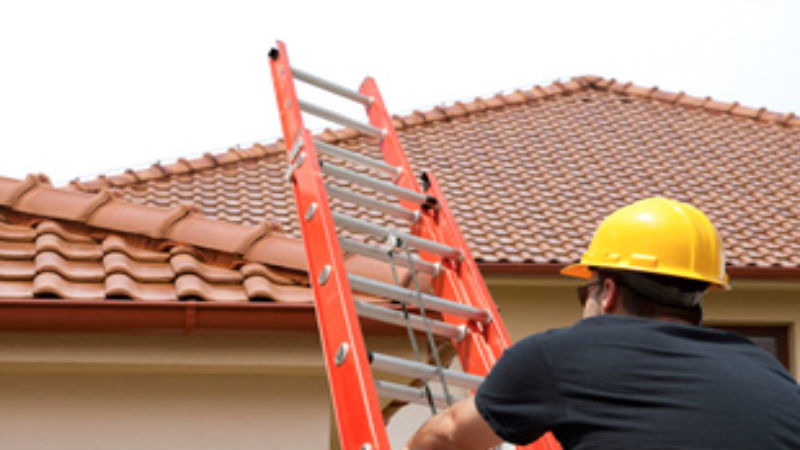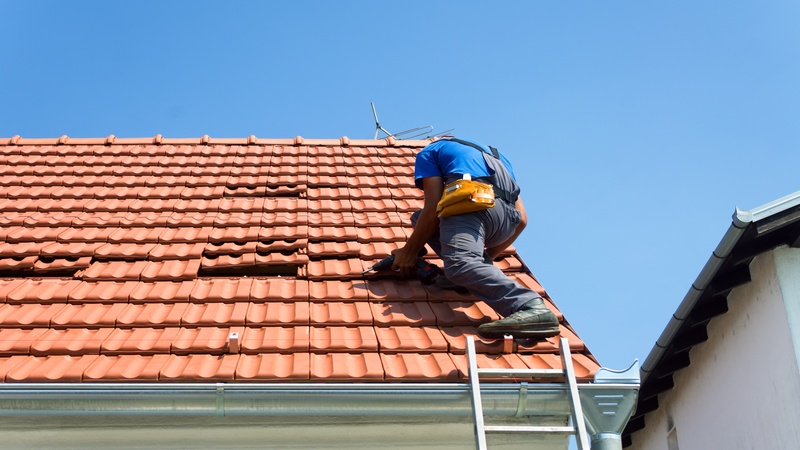When deciding on gutters, homeowners have a variety of materials from which to choose, including vinyl, aluminum, galvanized steel, copper, and even wood. Gutter systems are priced based on linear feet and the cost usually includes all the required components, including the downspouts, end caps, joints, and hanging brackets.
The types of Gutters and Downspouts in Philadelphia include:
* Aluminum -; This is the most widely used gutter material on the market. It is the least expensive of all the available types, easy to work with, and extremely durable. Beside the familiar white-colored gutters, aluminum gutters are available in several colors to blend in with the home’s roof or siding color. With a baked-on coating it is resistant to oxidation providing long-lasting beauty.
* Vinyl -; The next least-costly of gutter materials is vinyl. Vinyl is easy to manipulate and work with therefore suited for the do-it-yourself homeowner to install. Vinyl gutters and its components are readily available in home improvement stores. In extremely cold environments vinyl is prone to cracking or breaking.
* Galvanized Steel -; Galvanized steel is sturdy and strong which makes it highly sought after in climates prone to harsh weather conditions like heavy snow load or rain. After 20 to 25 years it will eventually rust, but an alternative would be stainless steel which never rusts but costs twice as much.
* Copper -; The Rolls Royce of Gutters And Downspouts in Philadelphia are copper gutter systems. Being one of the strongest of metals, copper is very durable, making it suitable for harsh climates as well. Copper gutters are the most costly of gutter systems and undoubtedly the most aesthetic appealing. Over time, copper gutters develop a “patina” and turn green, brown, or even a purplish hue.
The K-style is so named due to its resemblance to the letter K adds a bit of flare due to its appearance. Half-round gutter systems, also called U-shaped, is the original gutter shape.
Another choice to be made is the size of the gutter system and is dependent on the annual amount of rainfall and the pitch of the roof. Areas with significant amounts of annual rainfall or steep roofs generally require a larger gutter system such as 6-inch versus 4-inch diameter. Gutter systems too small for the home cannot properly handle rain and will often overflow or clog with leaves.


